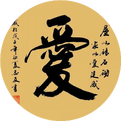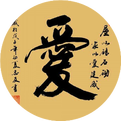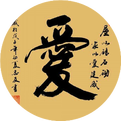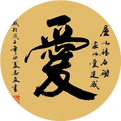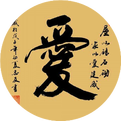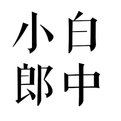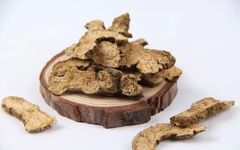Treatment of Damp-Heat Syndrome in the Middle Jiao (Part 3)
Treatment of Damp-Heat Syndrome in the Middle Jiao (Part 3) Continuing from the previous issue: Treatment of Damp-Heat Syndrome in the Middle Jiao (Part 2) 3. Heat Dominates Over Dampness1) Stomach Heat with Spleen DampnessClinical Manifestations: High fever, sweating, thirst with a preference for cold drinks, fullness in the chest, heaviness in the body, yellow … Read more

